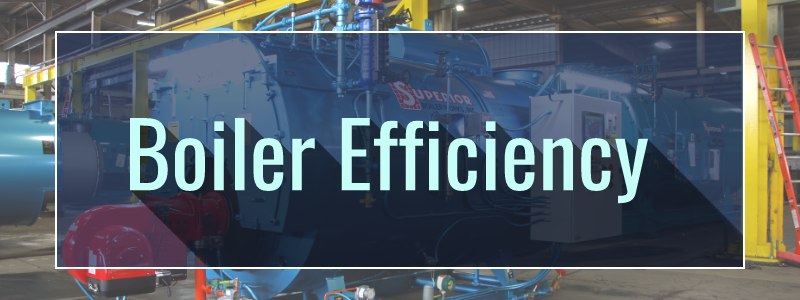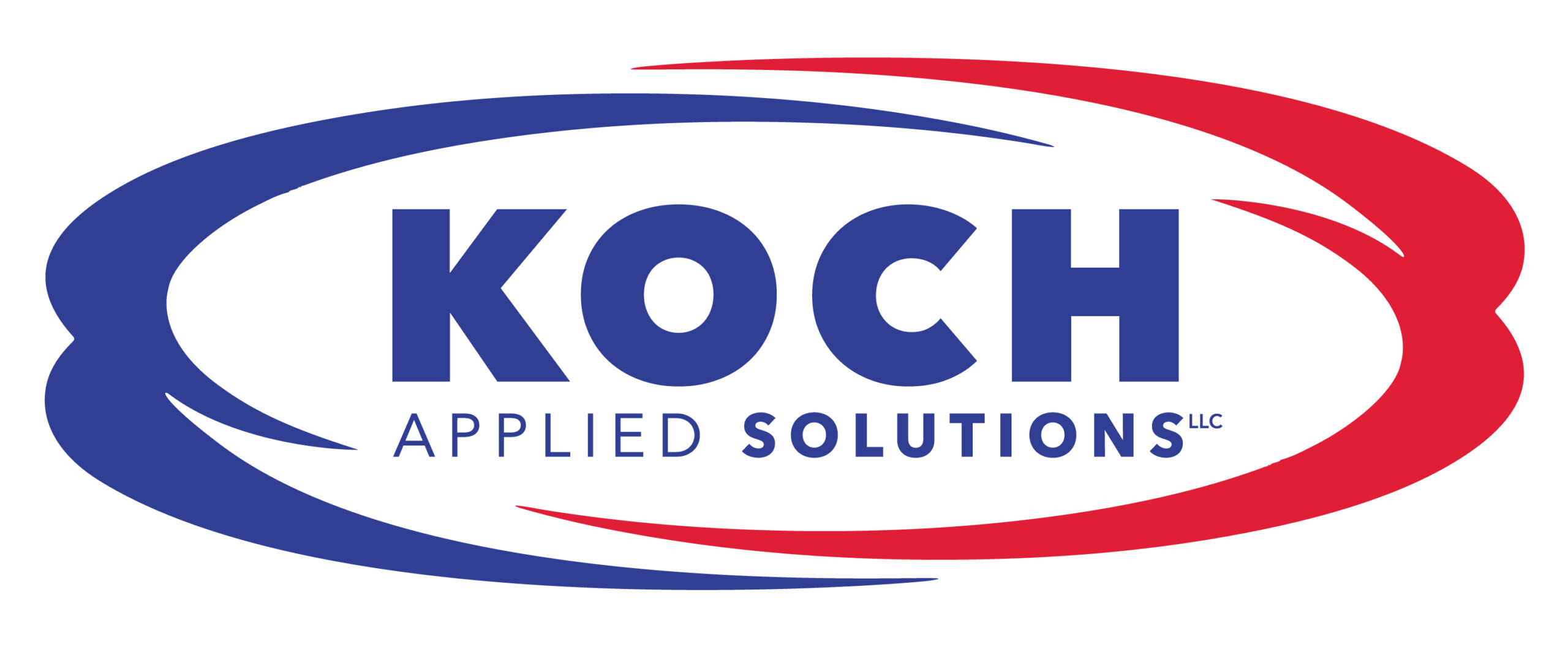Looking for a way to lower operating costs? Consider your industrial boiler system. Boiler efficiency and energy/fuel consumption can account for a large portion of a plant’s utility cost. Measures to improve your boiler efficiency can bring about a significant improvement in your bottom line.
The steam or hot water packaged boiler system is the primary method used for process and heating applications in today’s plants, facilities, and institutions. While boiler systems are known to be highly efficient and cost-effective overall, conducting a thorough evaluation of your boiler system may reveal opportunities for substantial savings. Your review should include a look at your boiler’s operation, its fuel usage patterns, and improvements that can be made.
Among all of the factors you evaluate, fuel usage and its efficient conversion to steam or hot water is the most critical. This efficiency is measured in several different ways, but the most meaningful is fuel to steam or fuel to hot water efficiency. Fuel to steam efficiency is different (higher) than overall system efficiency, which includes piping losses, condensate losses, and other “heating system” inefficiencies. In this post, we are referring to the fuel that you put in and steam or hot water that you get out.
It is not uncommon for a boiler to consume an amount of fuel that equals its initial purchase price. Just a modest improvement in boiler efficiency can result in significant fuel savings. A boiler, burner, and controls arrangement that is correctly matched to a facility’s heating needs is imperative.
In most cases, improvement measures can be taken to substantially improve your current boiler’s efficiency. Some options may include:
- Burner and Control Upgrades – Old, dry linkages that control fuel and air can be replaced with direct drive actuators that precisely match fuel and air requirements. This is referred to as parallel positioning.
- Variable Speed Drives on the Combustion Air Fan – Variable Speed Drives or VFDs are used to control combustion air flow. This method saves electrical energy consumption as well as reducing fuel.
- Excess Air Reduction – Low excess air burners and excess oxygen trim systems are two possible measures to reduce boiler stack losses.
- Automatic Boiler Blow Down – By automatically measuring boiler water chemistry boiler blow down and its associated losses can be minimized.
- Boiler Insulation – Maintaining boiler insulation reduces standby losses.
- Stack Heat Recovery Systems – Economizers may be installed in the boiler stack to recover and transfer heat to boiler feed water or other plant heat sinks such as process water, domestic hot water, etc.
- Blowdown Heat Exchangers – a blowdown heat exchanger can help recover some of the energy lost during blow-down.
- Digital Controls – Today’s electronic control systems can be applied to older boilers and burners, integrating several of the control strategies mentioned above.
The best way to keep your industrial boiler system running safely and efficiently is to implement a well-designed boiler maintenance program.
Lathrop Trotter is able to review your boiler, burner, and controls as well as your plant’s operation and make specific recommendations regarding viable boiler efficiency improvements. These improvements will help assure safety, reliability, and cost efficiency. Five to 25 percent fuel savings in industrial boiler systems is often achievable.
Are you ready to learn more ways to increase your boiler system’s efficiency? Contact us today!
Questions? Your Lathrop Trotter sales engineer can help! Contact Us



